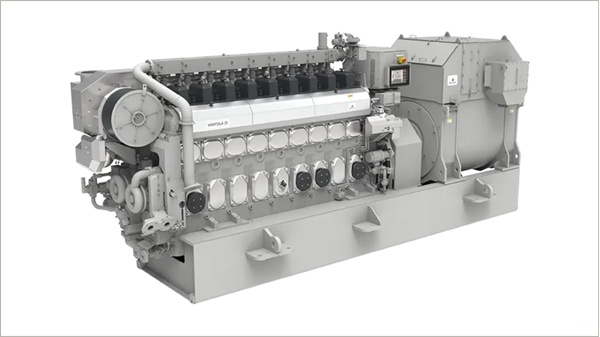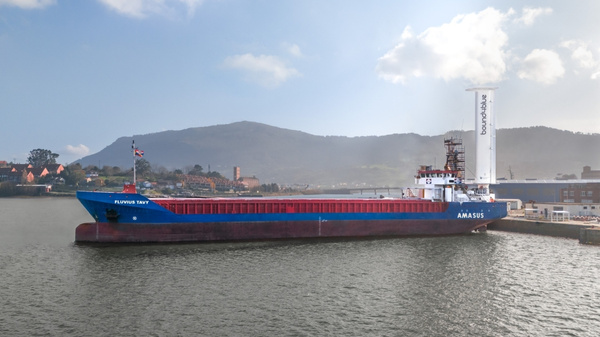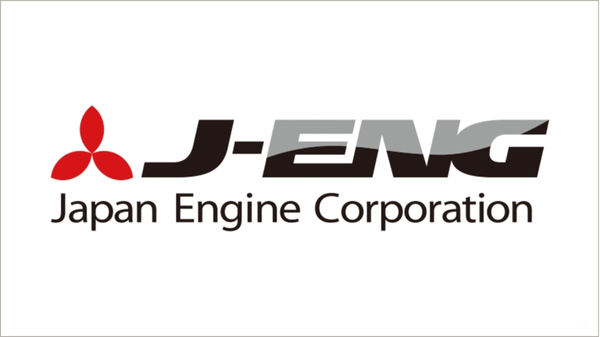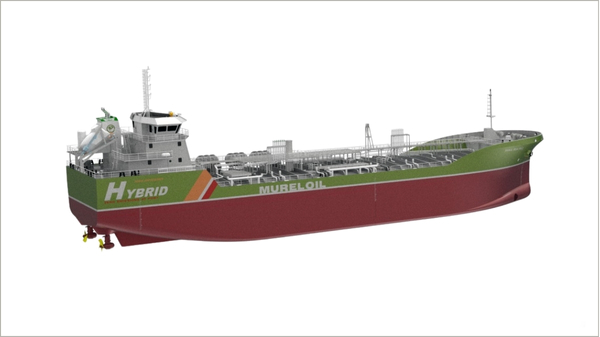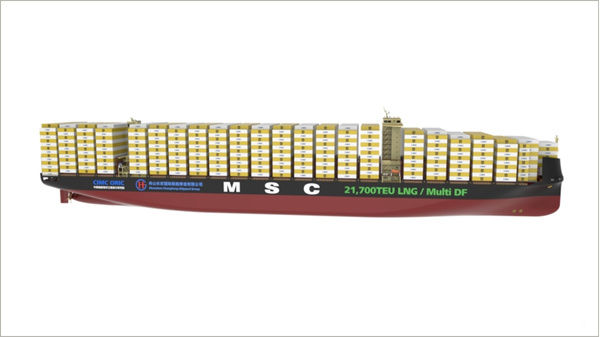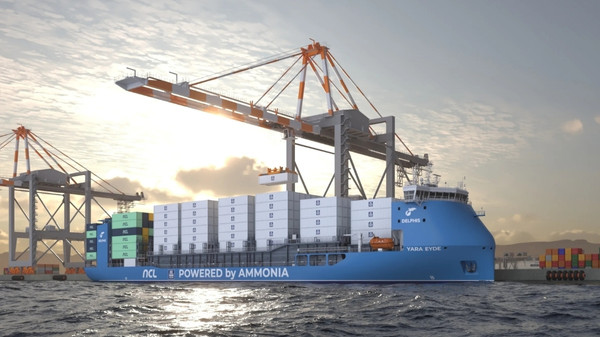International accountant and shipping consultant
Moore Stephens says total annual operating costs (including fuels and lubricants) in the shipping industry, fell by an average of 0.3 per cent in 2013. This compares with the 1.8 per cent average fall in costs recorded for the previous year. Crew costs was the only category this time to show an increase over the 12-month period, indicating that ship owners continued to focus on managing costs and conserving cash in 2013.
The findings are set out in OpCost 2014, Moore Stephens’ ship operating costs benchmarking tool, which reveals that total operating costs for the tanker sector were up in 2013, the financial year covered by the study, but down in the bulker and container ship sectors. The tanker index was up by 2 points, or 1.1 per cent, while both the bulker index and the container ship index were down by 2 points, or 1.2 per cent, on a year-on-year basis. The corresponding figures in last year’s OpCost study showed falls of 5 points, 7 points and 3 points respectively in the tanker, bulker and container ship indices.
There was a 0.2 per cent overall average rise in 2013 crew costs compared to the 2012 figure, which itself was 0.2 per cent down on 2011. (By way of comparison, the 2008 report revealed a 21 per cent increase in this category.) Tankers overall experienced an increase in crew costs of 1.8 per cent on average, compared to the 2.3 per cent fall recorded in 2012. Within the tanker sector, Handysize product tankers reported an overall increase of 3.3 per cent in crew costs, while for operators of Suezmaxes and product tankers the increases were 2.5 per cent and 1.9 per cent respectively. The only tanker category to show a fall in crew costs was VLCCs, down by 0.9 per cent.
For bulkers, meanwhile, the overall average fall in crew costs was 0.5 per cent, the same as in the previous year. The operators of Panamax bulkers paid 2.3 per cent less in crew costs than in 2012, but there was a 1.2 per cent increase in this respect for Handysize bulkers, this following a 4.8 per cent reduction for 2012. Expenditure on crew costs remained unchanged over the 12 month period in the container ship sector, although operators of vessels of between 100 and 1,000 teu did record a 1.7 per cent increase in such costs for 2013.
Expenditure on stores was down this time by 1.9 per cent overall, compared to the fall of 2.1 per cent in 2012. The biggest fall in such costs was the 5.5 per cent recorded by VLCCs. For bulk carriers overall, stores costs fell by an average of 4.1 per cent, while in the tanker and container ship sectors the overall reductions in costs were 2.1 per cent and 3.4 per cent respectively. The most significant increase in stores expenditure was that recorded by the operators of tankers in the 5,000-to-10,000 dwt range (6.0 per cent).
There was an overall fall in repair and maintenance costs of 0.4 per cent, compared to the 1.9 per cent reduction recorded for 2012. The most significant cost reduction here was that recorded for bulkers of between 10,000 and 20,000 dwt (7.2 per cent), while the highest recorded increase was that for 40,000-to-50,000 cbm chemical tankers (3.6 per cent).
The overall drop in costs of 0.3 per cent recorded in respect of insurance compares to the 6.2 per cent fall recorded for 2012, and was the lowest in this category for a number of years. The operators of all categories of bulkers paid less for their insurance in 2013 than they did in 2012, in the case of Handysize bulkers to the tune of 4.1 per cent. In the tanker category, all but two types of vessel – 5,000-to-10,000 dwt tankers and Handysize product tankers – paid less than in 2012, while operators of 100-to-1,000 teu container ships paid 2.7 per cent more in 2013 than in 2012.
Moore Stephens partner Richard Greiner says: “This is the second successive year-on-year reduction in operating costs. The fall in costs for 2013, however, is 1.5 per cent below that recorded for 2012, and coincides with a period of slowly returning confidence in the shipping industry, according to the Moore Stephens Shipping Confidence Survey.
“Crew costs were the only category of expenditure to show an increase over the 12-month period covered by the survey. This time it was a comparatively small rise for an industry which had seen increases of more than 20 per cent at their peak. The fact that crew costs were the only category to show an increase for 2013 is perhaps a reflection of a diminution in the number of owners and operators exiting the industry and a reminder that investment in good people is a must.
“Expenditure on repairs and maintenance and on stores was down in 2013, but by a smaller margin than in 2012, so it is to be hoped that owners and operators are continuing to pursue the sort of sound husbandry which competition and regulation demand. Meanwhile, the fall in insurance costs this time of 0.3 per cent is significantly down on the 6.2 per cent decrease for 2012, suggesting that underwriters in the hull market are taking a harder line.
“Overall, the fall in operating costs recorded in OpCost 2014 must be good news for owners and operators. So, too, must the gradual and continuing improvement in the global economic climate, if not the current political unrest. Shipping operates on a global stage and must inevitably be affected by international events.
“Shipping is an expensive business in which to operate, and revenues earned in the freight markets must ultimately be sufficient not only to cover operating costs but also to generate a reasonable return. While slowly emerging from an extended global economic downturn, the industry remains under pressure to manage and reduce operating costs wherever possible, whilst making suitable budgetary provision for achieving forthcoming regulatory compliance, which is likely to be significant.”



